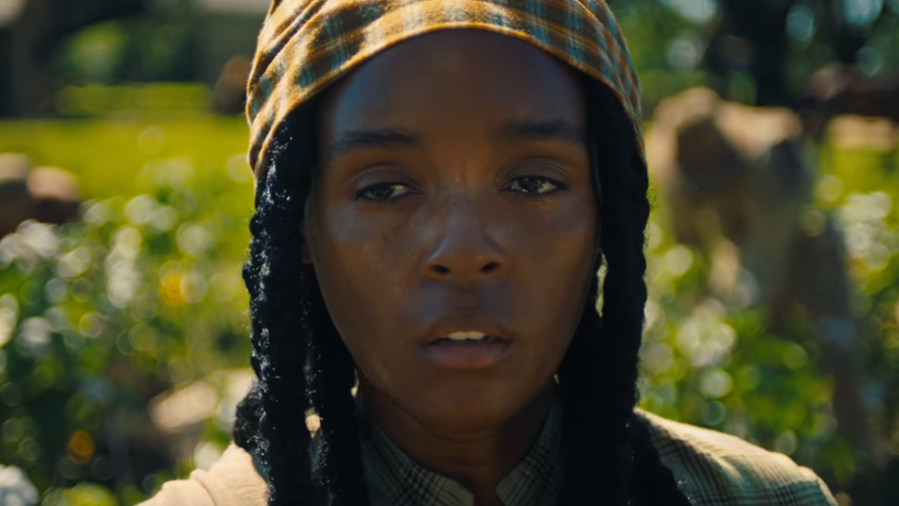‘Antebellum’ is a meditation on racial disparity in past and present-day America. Directors Gerard Bush and Christopher Renz coined the term ‘historical horror’ when attempting to define the film’s intricate concept and genre. In ‘Antebellum’, a racially-explosive American past and present confront each other. The film stars Janelle Monae, Jena Malone, Eric Lange, Gabourey Sidibe, among others.
One-half of the film is set on a Civil War-era plantation, where a slave named Eden, portrayed by Monae, is tormented, sexually abused, and persecuted at the hands of racist slave owners. The other half is set in contemporary America, where a renowned scholar, Veronica (also depicted by Monae), is abducted on a business trip to the American South. The two stories converge in unexpected and harrowing ways.
Is Antebellum Based on a True Story?
No, ‘Antebellum’ is not based on a true story. ‘Antebellum’ is the stuff of nightmares, literally. Director Bush dreamt up the plotline to ‘Antebellum.’ So intense and compelling was the dream that Bush, at one point, couldn’t help but think it was fatefully planted in the form of a dream by his ancestors. Bush theorized, “I’ve never thought of myself as a New Age person. But this felt up close and intimate; it felt ancestral. I’m categorizing it as a nightmare because I was asleep and I was in a dream state, but it felt like I was receiving.”
The dream appeared to Bush following a tragic occurrence: the death of his father and best friend. A trapped and tormented woman named Eden was the protagonist of the writer’s dream. In the dream, Eden was desperate to escape the clutches of her captor. The dream was almost life-like to Bush, so much so that it appeared as if Eden were ‘screaming across dimensions’. Right off the bat, Bush knew he had experienced something too phenomenal to keep to himself. That very night, the director penned the dream in full and, together with Renz, molded a short story. That short story would be outfitted into the script for ‘Antebellum.’
The filmmakers also took cues from Hollywood’s own complicity in slavery to fashion the script that would become ‘Antebellum.’ Bush believes, for instance, that certain Hollywood classics like ‘Gone With the Wind,’ silently aided and abetted the atrocious practice of slavery. ‘Antebellum’ features many allusions to the film.
The filmmakers ferreted out the lenses used to film ‘Gone With the Wind’ and revamped their own cameras using them. This was done to symbolize a retelling of American history without a racist facade or propaganda. Another well-disguised easter egg in ‘Antebellum’ is the signboard advertising the reenactment park, which serves as a cheeky wink to a similar board displayed in ‘Gone With the Wind.’ Jena Malone, who plays the white supremacist daughter of the plantation owner, Elizabeth, also watched the film for creative fodder to help slip into the role of Elizabeth.
Ultimately, the movie was made to revitalize Black history and to hold a mirror up to America’s turbulent past. Bush revealed, “Our intention for the film is to serve as a prescription, a medicine, a catharsis. We must get to a place in this country where we have the courage and determination to confront our past, specifically, this country’s original sin, if we have any hope for living in the present without being haunted by the past.”.
Read More: Antebellum Ending, Explained

